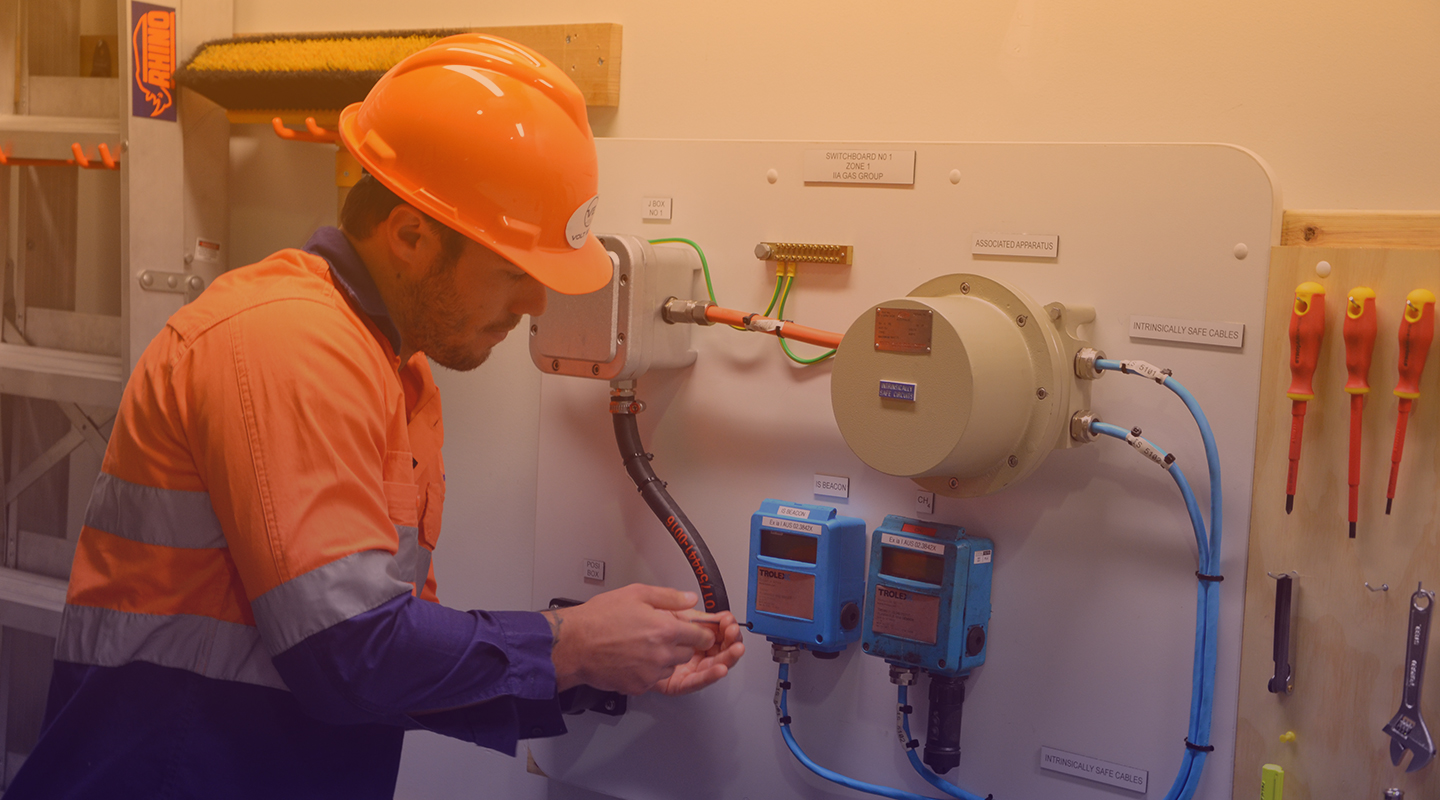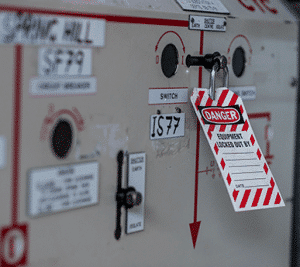The smart Trick of Roar Solutions That Nobody is Talking About
Wiki Article
8 Easy Facts About Roar Solutions Shown
Table of ContentsThe Buzz on Roar SolutionsThe smart Trick of Roar Solutions That Nobody is DiscussingSome Known Questions About Roar Solutions.
In order to protect installments from a potential explosion an approach of analysing and classifying a possibly dangerous location is needed. The purpose of this is to ensure the proper choice and installation of devices to ultimately protect against an explosion and to ensure safety and security of life.
(https://www.metal-archives.com/users/roarsolutions)
No tools needs to be mounted where the surface temperature of the tools is higher than the ignition temperature level of the given risk. Below are some typical dirt harmful and their minimum ignition temperature level. Coal Dust 380C 225C Polythene 420C (thaws) Methyl Cellulose 420C 320C Starch 460C 435C Flour 490C 340C Sugar 490C 460C Grain Dust 510C 300C Phenolic Material 530C > 450C Aluminium 590C > 450C PVC 700C > 450C Residue 810C 570C The chance of the risk existing in a focus high enough to trigger an ignition will certainly differ from place to area.
In order to classify this risk an installation is split right into areas of threat relying on the quantity of time the dangerous exists. These locations are referred to as Zones. For gases and vapours and dusts and fibres there are 3 zones. Zone 0 Area 20 A harmful atmosphere is highly likely to be present and might exist for extended periods of time (> 1000 hours annually) or even constantly Area 1 Zone 21 A harmful atmosphere is feasible however not likely to be existing for long periods of time (> 10 450 C [842 F] A category of T6 indicates the minimum ignition temperature is > 85 C [185 F] Harmful location electric tools possibly designed for use in greater ambient temperatures. This would certainly indicated on the rating plate e.g. EExe II C T3 Ta + 60C( This implies at 60C ambient T3 will certainly not be surpassed) T1 T1, T2, T3, T4, T5, T6 T2 T2, T3, T4, T5, T6 T3 T3, T4, T5, T6 T4 T4, T5, T6 T5 T5, T6 T6 T6 A T Course rating of T1 means the optimum surface area temperature level generated by the instrument at 40 C is 450 C. Assuming the associated T Course and Temperature level score for the tools are ideal for the location, you can always use a tool with an extra stringent Department score than required for the location. There isn't a clear answer to this inquiry sadly. It actually does rely on the type of tools and what repair work require to be carried out. Tools with certain test procedures that can't be executed in the area in order to achieve/maintain 3rd celebration score. Have to come back to the factory if it is prior to the devices's service. Field Repair By Authorised Employee: Complicated testing might not be called for nonetheless certain procedures may need to be adhered to in order for the tools to preserve its 3rd party rating. Authorised personnel have to be utilized to carry out the job properly Fixing need to be a like for like substitute. New element should be considered as a straight replacement needing no unique screening of the equipment after the repair service is complete. Each piece of equipment with an unsafe rating should be examined individually. These are outlined at a high degree listed below, however for more comprehensive details, please refer directly to the guidelines.
The Greatest Guide To Roar Solutions
The equipment register is a comprehensive data source of devices records that consists of a minimum set of areas to identify each thing's place, technical criteria, Ex-spouse classification, age, and ecological information. This info is crucial for tracking and managing the tools successfully within dangerous locations. In contrast, for periodic or RBI tasting inspections, the quality will be a combination of Thorough and Close evaluations. The ratio of Thorough to Close evaluations will certainly be identified by the Equipment Danger, which is assessed based upon ignition risk (the likelihood of a resource of ignition versus the probability of a flammable environment )and the unsafe location category( Area 0, 1, or 2). This variation will likewise influence the resourcing demands for job prep work. When Whole lots are defined, you can establish tasting plans based on the sample size of each Whole lot, which describes the number of arbitrary equipment things to be evaluated. To identify the needed sample size, two facets require to be examined: the size of the Great deal and the classification of assessment, which shows the level of initiative that should be used( reduced, normal, or enhanced )to the examination of the Whole lot. By combining the group of examination with the Whole lot size, you can then establish the ideal denial standards for a sample, suggesting the allowed number of malfunctioning products located within that sample. For more information on this process, please refer to the Power Institute Standards. The IEC 60079 standard advises that the optimum interval in between examinations should not go beyond three years. EEHA examinations will certainly likewise be conducted beyond RBI campaigns as component of set up maintenance and tools overhauls or fixings. These examinations can be credited towards the RBI example dimensions within the impacted Great deals. EEHA examinations are carried out to identify mistakes in electrical tools. A weighted scoring system is essential, as a single piece of devices may have several mistakes, each with differing degrees of ignition threat. If the combined rating of both assessments is less than twice the mistake rating, the Whole lot is regarded appropriate. If the Lot is still considered inappropriate, it must undergo a full examination or reason, which may set off stricter evaluation methods. Accepted Great deal: The reasons for any type of mistakes are recognized. If an usual failure mode is found, added equipment might call for maintenance. Faults are classified by seriousness( Safety, Integrity, Home cleaning ), ensuring that urgent issues are evaluated and dealt with quickly to reduce any type of impact on safety or operations. The see this site EEHA database should track and tape the lifecycle of mistakes in addition to the rehabilitative actions taken. Executing a durable Risk-Based Evaluation( RBI )method is essential for guaranteeing conformity and security in taking care of Electric Equipment in Hazardous Locations( EEHA) (hazardous area course). Automated Fault Scoring and Lifecycle Management: Easily manage mistakes and track their lifecycle to enhance inspection precision. The introduction of this assistance for risk-based evaluation further strengthens Inspectivity's position as a best-in-class service for regulatory conformity, as well as for any kind of asset-centric examination usage instance. If you have an interest in discovering more, we welcome you to request a demo and uncover exactly how our service can change your EEHA management processes.
The Ultimate Guide To Roar Solutions

In terms of explosive danger, a harmful area is a setting in which an eruptive environment exists (or might be anticipated to be present) in amounts that require unique precautions for the construction, installation and use tools. Roar Solutions. In this short article we discover the obstacles faced in the office, the threat control procedures, and the required expertises to function safely
These substances can, in particular problems, create eruptive ambiences and these can have significant and heartbreaking effects. Many of us are acquainted with the fire triangular get rid of any one of the three components and the fire can not take place, yet what does this mean in the context of dangerous areas?
In a lot of instances, we can do little concerning the degrees of oxygen airborne, but we can have significant influence on sources of ignition, for instance electric tools. Unsafe areas are recorded on the hazardous location classification illustration and are identified on-site by the triangular "EX LOVER" sign. Here, amongst other key info, areas are split into 3 kinds relying on the risk, the likelihood and period that an eruptive environment will exist; Area 0 or 20 is considered the most unsafe and Area 2 or 22 is regarded the least.
Report this wiki page